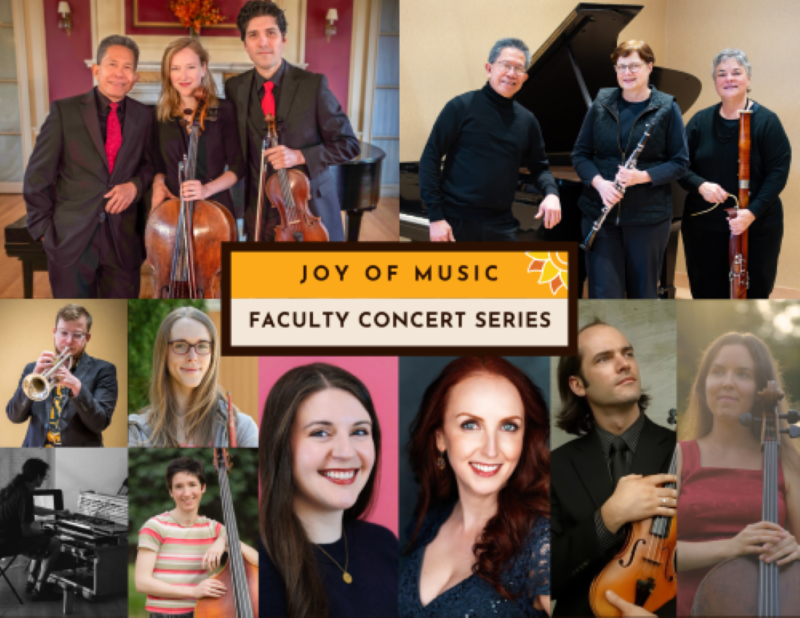The Pros and Cons of Virtual Music Learning

Of the many changes that occurred because of the pandemic, virtual learning stands out. Families and individuals turned to virtual learning out of necessity during periods of isolation. And music schools and music teachers were no exception. It required creativity, perseverance, technology management and experimentation to come up with formats that worked. And, under the circumstances, it was important
to use it. But as we slowly returned to in-person lessons, virtual learning has stayed. Is that a good thing?
As with many things, the answer is “it depends.” You can’t argue with the convenience factor. It cuts out travel time. It fits in with tightly scheduled activities. But if convenience is the main argument for virtual lessons, then what is the student missing out on? Quite a bit, to be honest.
Adults are more likely to benefit from virtual lessons. Maturity, focus and the ability to stay on task despite the real limitations of technology are a consideration. But again, if an adult is just starting out they will be missing out on important interactions that can only be achieved during an in-person lesson. For children, distractions are a major drawback. When entering a music studio, the atmosphere is designed only around music. The teacher keeps the student engaged and has a variety of tools to use in order to ensure learning. Virtual learning takes place in a public environment (the home usually) where outside activities can constantly draw attention away. There’s not much a teacher can do through a
computer screen if a student is becoming distracted.
Level of musicianship will also play a factor. A student with established technique and a growing knowledge in their instrument is far more likely to be able to understand and apply concepts being communicated virtually. For younger students or less experienced students of any age, virtual lessons
have challenges that make the ability to progress a slower and more difficult experience. Some people may point to how often people go to youtube to learn songs as a reason for virtual learning. What isn’t understood is the distinction between learning a song by rote (i.e. watching a video and copying) and the actual learning that occurs in a music lesson.
Playing an instrument or singing is a physical activity as well as a mental one. Proper technique needs in-person work with a qualified teacher. When learning any instrument, working to develop the physical aspects of producing sound is vital. This includes learning to hold and play the instrument without tension. Without the guidance of a qualified teacher, physical issues can develop. This can lead to frustration at not being able to produce sound or, in severe cases, developing tension and/or tendonitis that can cause actual physical damage. A virtual environment does not allow for the up close and personal work of learning the physical aspects of music.
Virtual learning is a great bridge but should not replace in-person lessons. For the occasional make-up or the times when there is no option but virtual, then it is far better than doing nothing. For beginners or younger students, it should not be a significant part of learning. For more advanced students who have developed the tools of musical self-assessment and can apply verbal concepts appropriately, then it is an option. Although again, in-person will always be preferable.


